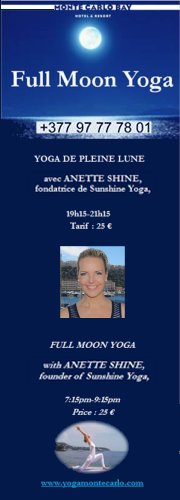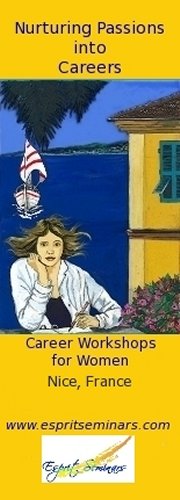People and Places
From Darwin To Perth
Gum Trees and Fossils - A Tour From Darwin To Perth
‘Give me a home among the gum trees….’ So begins the song our tour leader, Mark, insisted we learn off by heart, including actions, by the end of the third day of our tour of Western Australia. I knew this tour would be different – you only have to look at the area’s advertising to see that – but I wasn’t expecting it to be so….well, weird. Weird in the sense of strangely fascinating, overwhelmingly odd, empty, vast, and wild. We drove for several hours between road houses, which are a cross between a transport cafe, general store and service station. The earth really is red, the vegetation parched, and the horizon distant, unencumbered by features - other than the odd mountain… oh, and the gum trees, of course.
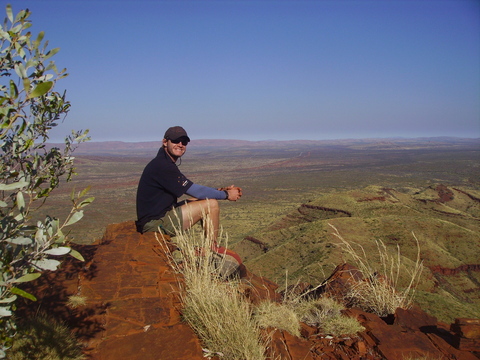
Our itinerary took us by long-based four-wheel-drive vehicle from Darwin to Perth - just under 4,500 kilometres - in three weeks. We camped in swags under the stars, and bedded down in clean, relaxed backpacker resorts, plus a proper hotel at the start and finish. Travelling to such remote places brings a variety of companions, and our group was no less unusual – an eclectic mix of nationalities, ages and professions, including a female British Iraq veteran, a Swiss banker, and a couple of Swedish pensioners.
I was disappointed that I didn’t see more of Darwin, due to a mix up about departure times, and to miss Katherine Gorge, enticingly included on the itinerary but not actually possible. Mark treated us to the music of Javier Judd as we made our way south through remote wilderness, stopping off to swim in the clear rock pool at Edith Gorge and to collect firewood from the scrubland alongside the road. Wallabies and cockatiels darted among boab and capok trees - adorned with yellow and white cotton balls – as well as mullamulla bushes, whose flowers look like pink lavender.
The first highlight was the Bungle Bungles, on a par with the Grand Canyon for natural beauty and grandeur. Completely unprepared for the landscape due to a lack of pre-tour research, I was startled by the sight of these beehive-shaped rocks, covering an area of nearly 240,000 hectares. We hiked each day, to Echidna, Cathedral and Mini Palm Gorges, and returned to camp for a view of the stars while sitting around the camp fire, or for a bush shower – which simply meant stripping off by a nearby standpipe. After dinner, Mark, his golden locks flowing, played the didgeridoo for us, accepting our admiration with a shy smile. Taking a helicopter flight over the range had us all grinning for hours at the sheer surrealness of it all.
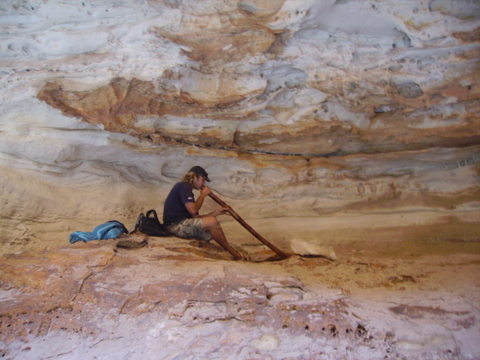
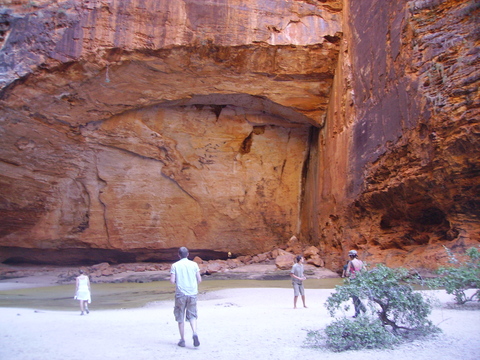
We followed the Gibb River Road for two days, stopping at the unlikely-sounding Zebedee Hot Springs for a dip, followed by a dinner of kangaroo steaks, prepared and cooked by Mark. Every day from then on brought hikes to chasms, waterfalls, underground caves, almost inaccessible pools and springs. ‘Today we’re going to need our swimmers’ became our somewhat unusual refrain in the desert, as we stumbled from our pitches towards a trestle table laden with cereals, bread and a variety of spreads. Close by, the camp kettle bubbled away for those with few enough taste buds to notice how horrible the ghastly powdered coffee was. I got to know Mary, the soldier. When I asked her what was the toughest part about being in the army, she replied,
‘Well, apart from the mortar bombardments, which were frankly terrifying, the worst bit was getting ready to go. I didn’t what to pack for going to war.’
Sleeping under the stars in a swag - a large, heavily-padded sleeping bag with a tarpaulin base and a flap to cover your head - is about as close to Nature as you can get. You can hear, sometimes see, and often smell the local creatures going about their business.
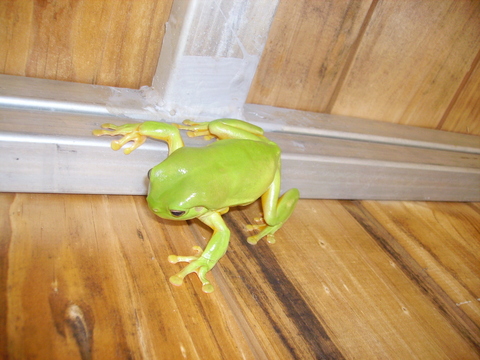
We heard about the exploits of ‘Pigeon’, aka Jandamarra, the aboriginal outlaw who hid out in a cave at Tunnel Gorge for three years - from where he led several attacks on European settlers and the police, and was famous for his ability to disappear afterwards.
In Windjanna Gorge we sat quietly on the sandy shore watching crocs, snakes and various birds, before setting off for Broome, to see Cable Beach with its camel rides, surfing and tourist shops. The beach stretches as far as the eye can see, and the town feels like the set for a western.
Mark had finished his ‘shift’ with us and was replaced by a Daniel Craig look-a-like, Dave. We had a three day break from camping and set off once more, duly refreshed, from our hostel base, passing five-kilometre-long trains carrying iron ore across the Great Sandy Desert and worth a profit of two million AUD per train. They start their journey in Port Hedland, a major port and source of work for many of the state’s two million inhabits: Western Australia accounts for forty per cent of Australia’s GNP.
At Coral Bay we dived and swam with sharks and turtles, but for me the best part was swimming with manta rays. Spanning nearly five metres, a mother flipped over to stare up at me snorkelling above her, one of the most thrilling experiences of my life. We encountered another two, slightly smaller but majestic nevertheless, and they too swam with us, tolerating us for a moment or two before diving beyond our vision. Coral Bay is the main resort on Ningaloo Reef – more easily accessible and just as beautiful as The Great Barrier Reef, and far less commercialised. You stroll out from the beach to board your boat or just plunge in where you are and start viewing the gorgeous coral teeming with many-hued fish of all shapes and size.
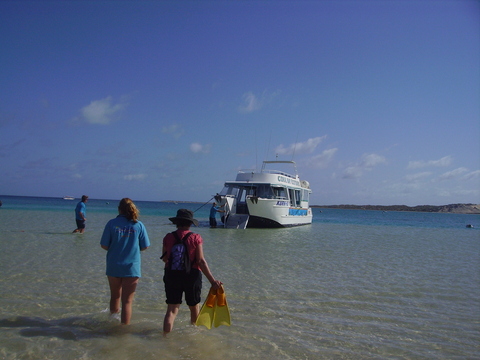
A few years ago I read Bill Bryson’s ‘A Short History of Nearly Everything’, in which he describes the stromatolites at Hamelin Pool, Shark Bay. I became immediately obsessed with the idea of seeing these living fossils, and the feeling just wouldn’t go away. I had to go and see them for myself. Acquaintances had warned me that there’s not much to see, that they look like uninteresting cow pats and that it really wasn’t worth travelling half way around the world to stand and stare for ten minutes at a load of boring old breathing rocks.
But that was just the point – rocks, alive! And three and half billion years old! Quite possibly the most exciting thing to see on the planet – and hardly anyone has heard of them! How could that be? I wept with the thrill when I stood looking at those ‘boring old breathing rocks’, precisely because they are so old, and still alive, and how can rocks breathe, anyway? Well, it’s a long story, but goes something like this: (for the second time in my writing career I am actually trying to do something that Bill Bryson has already done – perhaps you’d better just buy his book and go to page 263).
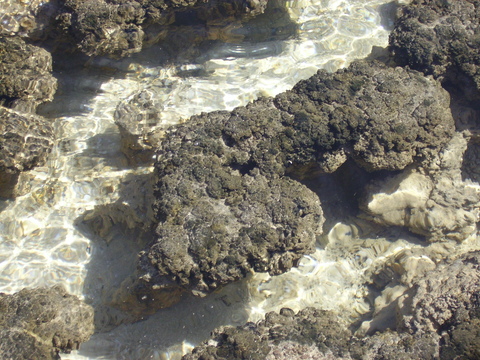
Way back, when the only forms of life were bacteria, some of which were smart enough to figure out the process of photosynthesis – thereby producing oxygen – (thanks, guys) – weird shapes appeared in the shallow sea where the bacteria were busy producing chemicals. The bacteria had apparently become quite sticky and trapped tiny particles of sand, which built up to become oddly shaped structures – living fossils. And they are still alive, some in the Bahamas and others in Shark Bay.
For such an amazing discovery, you’d expect a whole tourist infrastructure, but in Western Australia, where everything is laid back, including the planet’s most interesting find, there’s almost nothing to see. You stroll along a boardwalk and if you didn’t know they were there, you’d miss them. Well, perhaps you’d have to be blind to miss the six or so signs explaining what you see in the shallow pool, but you’d have to be determined to find them in the first place. Once found, it’s a humbling experience to gaze at the rocks which gave us life.
After a pancake breakfast at Monkey Mia - where we didn’t see any monkeys - I wandered down to the beach, a whole five metres away from our Backpackers, to watch a group of tourists feeding the friendly dolphins who come in to shore daily for a half hour of interaction with humans.
Crossing the 26th parallel – once above it you are officially remote, apparently – we called in on Prince Leonard and Princess Shirley (Dame of the Rose of Sharon) of Hutt River Province, which seceded from Australia in 1970. We had our passports stamped and were photographed sitting on the throne – the regal, not the lavatorial kind. We were fortunate not to have to change our AUD for the Hutt River dollar, as there’s not a lot to buy in the seventy five square miles of territory. His Royal Highness is completely barking and tremendous fun, and welcomes visitors with engaging tales of the province’s recognition by other sovereign states, while Princess Shirley bustles around like a suburban housewife. Dressed in jeans and checked shirt, his majesty spoke with pride about their tiny principality, their family - including their sons Crown Prince Ian and Prince Wayne - the church they constructed, and the New Year Honours List, which this year includes an award for honesty in business.
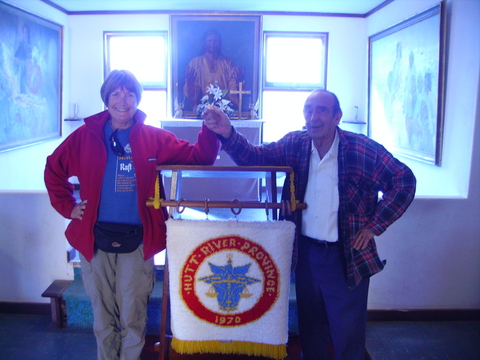
They waved us off, now on our last leg towards Perth, passing through the eerie-looking calcified humps of the Pinnacles. Similar to Cappadocia in Turkey, the turret-shaped limestone formations up to five metres high were carved by the wind from seashell deposits left when the sand receded over 25 million years ago.
Pinnacles IMAGE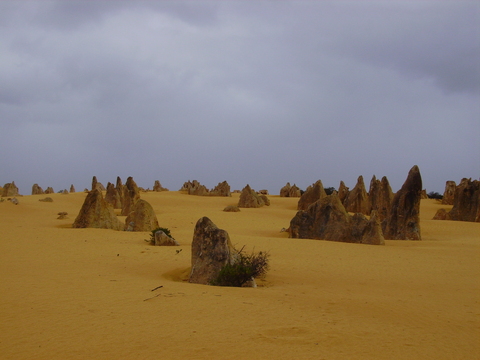
I am sure I didn’t see anyone over thirty in Perth. It’s a young person’s place if ever I saw one, and great fun. Coffee bars, heaving pubs, bookshops, fashion shops – Perth has it all. In fact, Western Australia has it all: lots to see, lots to do, but the locals don’t really seem to care if you do or you don’t. That’s the charm, and that’s why it feels like going back thirty years - I couldn’t decide whether the young people were naïve and slightly quaint, or truly grounded. Either way, Australia’s largest state is unique. You have to go a long way to find it and be prepared to travel rough, but you will be rewarded with inspiring scenery, excitement and freedom.

